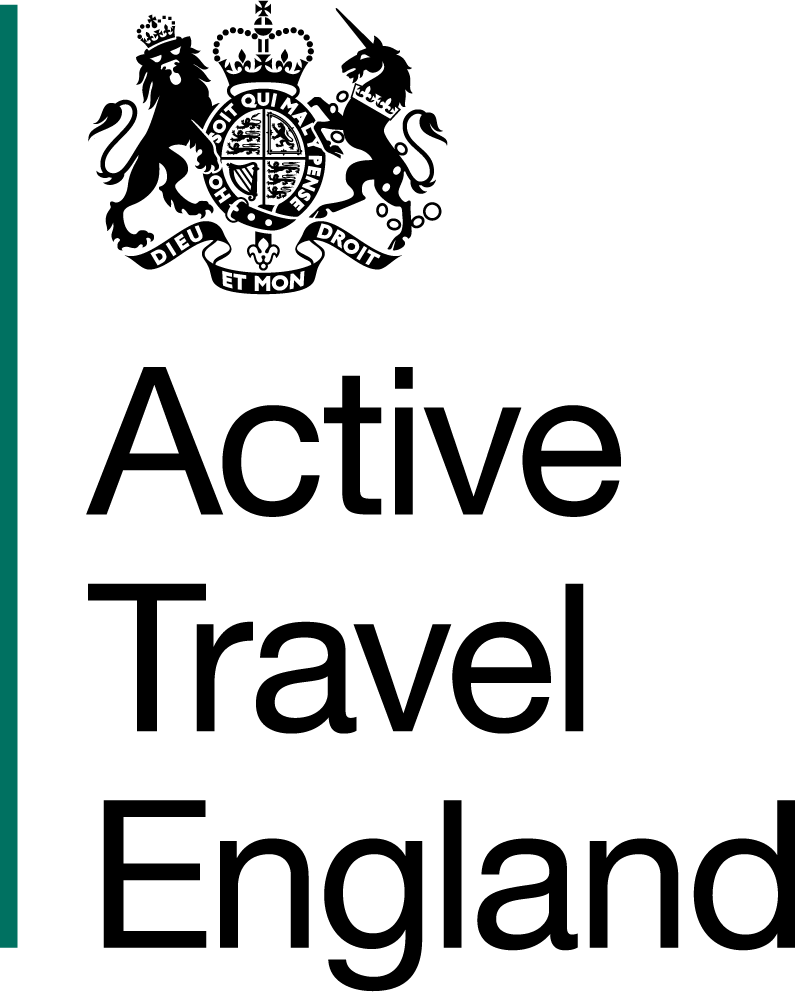3.4. The Highway Code
The Highway Code exists to keep us all safe on the UK’s roads. It also aims to support a healthy, sustainable and efficient transport system. The cycle training described in this guide follows the rules of the Highway Code, as required by the National Standard.
Be aware that:
- all rules featured in the Highway Code which include the word ‘must’ are law
- all rules featured in the Highway Code which include the word ‘should’ are recommendations
The Highway Code may be used in evidence in any court proceedings to establish liability.
Hierarchy of road users
The ‘hierarchy of road users’ is a system that identifies which road users are most at risk in the event of a collision. Those at the top of the hierarchy – and more likely to be injured – are pedestrians, cyclists, horse riders and motorcyclists. Children, older adults and disabled people are identified as being most at risk (see Rule H1 for more detail).
The hierarchy does not remove the need for everyone to behave responsibly.
Rule H1
Those in charge of vehicles that can cause the greatest harm in a collision bear the greatest responsibility to take care and reduce the danger they pose to others. This applies most strongly to drivers of large goods and passenger vehicles, vans/minibuses, cars/taxis and motorcycles.
Cyclists, horse riders and drivers of horse-drawn vehicles also have a responsibility to reduce danger to pedestrians.
ALL road users, including pedestrians, cyclists and horse riders, remain responsible for their safety and that of other road users.


The ‘hierarchy of road users’ is a system that identifies which road users are most at risk in the event of a collision.
